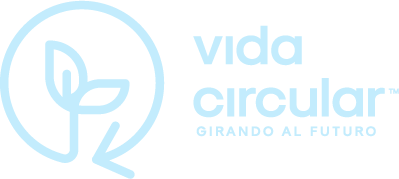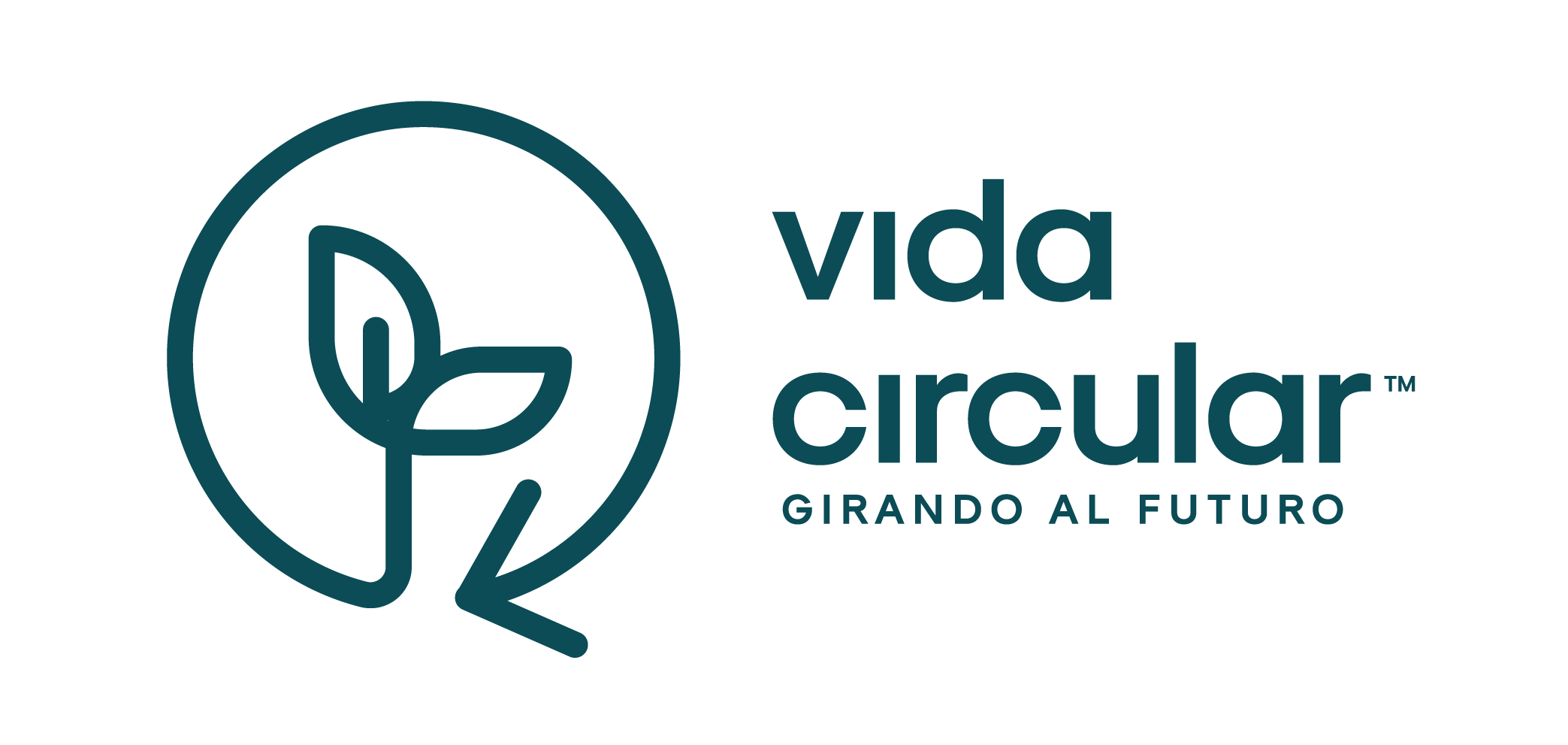
Reverse logistics transforming the future of companies
Reverse logistics is the process of moving products in the opposite direction they would normally go: instead of going from the manufacturer to the consumer, they go from the consumer back to the manufacturer, distributor or to a recycling center. It is a key issue in supply chain management, because it is not only about returning defective or unwanted products, but also about giving them a second life, repairing what can be repaired or even recycling the materials so that they do not end up as waste.
The main objective of reverse logistics is to recover the value of those products or materials that are no longer useful, but can be reused or recycled. This helps us to reduce waste and, most importantly, to make a more responsible use of resources. So, more than just a simple return, reverse logistics also focuses on the repair, reuse and responsible disposal of products - it's a whole process that, although we may not notice it, has a big impact on how we manage resources and care for the environment!
What is reverse logistics for?
Reverse logistics has a very clear purpose, to help us optimize resources and reduce losses. But how does it do this? Well, when we manage returns, products that are no longer in use or even waste, we prevent those items from sitting idle and becoming an unnecessary expense. Instead, we look for ways to recover some value, either by recycling materials or reusing products, which helps us minimize operating costs.
In addition, this process is crucial to comply with environmental regulations. Companies have to follow certain rules about the disposal of products or materials, and reverse logistics ensures that everything is done in the right way, without harming the planet. But it's not just about saving money or complying with laws; it also strengthens customer relationships. When companies have clear and efficient policies for returns, customers feel more at ease, knowing that if something goes wrong, they have an easy option to fix it. Thus, reverse logistics not only benefits the company, but also improves the customer experience.

Types of reverse logistics
Reverse logistics is not a single process, but is divided into different types, each with its own purpose and focus. Today we are going to talk about some of the most common types and how they help to improve efficiency and sustainability in companies. Each type suits different situations and needs, and all play a key role in optimizing resources and reducing waste. Here we explain them:
- Reverse return logistics: This type occurs when customers return products, either due to defects, dissatisfaction with the product or order errors. Rather than simply discarding those products, reverse logistics comes into play to manage those returns. This can include processes such as repair, reconditioning or, if the product is in good condition, returning it to stock. This process not only helps to recover valuable products, but also ensures that companies maintain customer satisfaction by offering fast and effective solutions.
- Green reverse logistics: This type focuses on sustainability and respect for the environment. Here, reverse logistics helps reduce environmental impact by managing the recycling of packaging, the disposal of hazardous waste and the recovery of materials for reuse. It is a fundamental part of companies seeking to comply with environmental regulations, and at the same time, reduce their ecological footprint. It also promotes the responsible use of resources and the recycling of products, which, in the long term, contributes to the circular economy.
- Remanufacturing or reconditioning:
In this case, the focus is on repairing products that have been returned or are no longer in saleable condition, with the objective of putting them back into circulation. This may include repairing damaged products or reconditioning equipment for reuse. Instead of viewing these products as waste, the aim is to give them a second life, which not only helps to reduce waste, but also represents an additional source of revenue for companies. - Management of unsold products:
Companies also face the situation of having excess products, either due to low demand or a poor sales forecast. These unsold products can be returned from retailers to manufacturers, and reverse logistics is responsible for managing them effectively. By doing this, companies can reduce the impact of excessive inventory, giving a second chance to those products that might otherwise have been sitting in the warehouse. - End-of-life (EOL):
Finally, this type of reverse logistics is responsible for handling products when they reach the end of their useful life. This may include products that are obsolete, damaged or simply no longer useful. Rather than simply throwing them away, priority is given to recycling or safe disposal of these products, preventing them from ending up in landfills and helping to reduce environmental impact. This is a crucial step in ensuring that products are managed responsibly once they are no longer usable.
Each type of reverse logistics has a different approach, but they all share the same goal: to optimize resources, reduce waste and promote more sustainable practices. In addition, they all play an important role in the process of caring for our environment and improving the operational efficiency of companies.

The 3Rs of reverse logistics
When we talk about reverse logistics, it is not only about returning products, but also about how we manage resources to make the most efficient use of them. The 3Rs of reverse logistics are fundamental to achieve this: reduce, reuse and recycle. These three actions help us to be more environmentally responsible and, at the same time, optimize processes within companies. Here we tell you a little more about each of these three keys:
Reduce
The first step to becoming more sustainable is to reduce what we generate. In reverse logistics, this means minimizing waste from the start, which means using fewer materials in packaging, producing fewer defective products and avoiding waste. For example, if we manage to have fewer products damaged in transport or in use, we are reducing return costs and environmental impact. So, the idea is to design products and processes in such a way that less waste is generated at every stage, from manufacturing to final shipment.
Reuse
Reuse is a key concept, as we don't always need to create something new to replace what we already have. In reverse logistics, this can mean reusing packaging, such as boxes and pallets, or even product components that may still be useful. For example, if a company returns defective products, perhaps parts of those products can be reused in other products or processes. This is a fantastic way to reduce the need for new resources and give a second life to what already exists, which also reduces pressure on the environment.
3. Recycle
Finally, recycling is an important pillar of reverse logistics. When a product can no longer be repaired or reused, the option is to recycle. This involves taking the materials that still have value and transforming them into new products. It is the step that prevents us from ending up with tons of waste that cannot be reused. For example, instead of throwing away the components of a defective electronic product, metals or plastics can be extracted and given a new life in another product. This not only reduces the amount of waste in landfills, but also saves natural resources by reusing materials.
By applying the 3Rs in reverse logistics, companies not only become more efficient, but also contribute to the care of the planet. Reduce, reuse and recycle are three actions that, when implemented correctly, can transform not only the way we handle products, but also the way we relate to our resources and the environment. It's a whole cycle that benefits both companies and our planet!
Factors influencing reverse logistics
When we think of reverse logistics, it is easy to imagine only the process of returning products, but in reality, it is much more than that. For everything to work efficiently and effectively, there are several factors that influence how we manage that product return, reuse or recycling. These factors not only help optimize the process, but also improve the experience for both businesses and consumers. Let's take a look at some of the most important ones:
Many forms of electricity generation require large amounts of water, such as thermoelectric or nuclear power plants, which affects water resources. Solar energy, on the other hand, uses practically no water in its generation process, which makes it much more environmentally friendly. It also reduces noise pollution, since solar panels do not produce noise like electric generators.
Advantages of reverse logistics
When we talk about reverse logistics, most people tend to think of the returns process, but its benefits go far beyond that. Implementing a good reverse logistics strategy can bring great advantages for companies, customers and the environment. Let's look at how each of these advantages plays an important role:
Cost reduction
Reverse logistics helps us reduce costs significantly. How? First, by efficiently managing returns, losses due to defective or unwanted products are minimized. But that's not all, it also optimizes inventories. By receiving and processing returned or leftover products, we can more efficiently reinstate them in inventory, which avoids purchasing more products and helps us maintain a more controlled stock flow. This reduces the cost of replenishment and ensures that we are not wasting money on products that could be useful if managed correctly.
Legal compliance
Another key benefit of reverse logistics is that it helps us comply with environmental regulations and standards. Today, companies are under constant scrutiny about their environmental impact, and reverse logistics plays a crucial role in ensuring that returns, repairs or recycling are done in accordance with local and international laws. By incorporating sustainable processes, such as proper recycling of products or responsible waste disposal, companies not only avoid legal penalties, but also demonstrate their commitment to protecting the environment. It is a way of keeping everything within legal frameworks and, at the same time, fulfilling corporate social responsibility.
Customer satisfaction
Clear and streamlined return policies are one of the main reasons customers choose a brand or company. No one wants to deal with a complicated process to return a product. When a company has efficient reverse logistics, returning defective or unsatisfactory products becomes a frictionless experience. This greatly improves customer satisfaction, as they know that if something goes wrong, the company will be there to fix it quickly and hassle-free. A good returns experience builds trust and can build long-term customer loyalty.
Corporate image
Finally, having a well-implemented reverse logistics strategy also benefits corporate image. Today, people are more aware than ever of the importance of sustainable practices, and prefer to support companies that align with these values. If a company demonstrates a real commitment to sustainability, such as responsibly managing its returns and recycling, it enhances its reputation. Not only is it taking care of the planet, but it is also showing that it has an ethical and responsible approach, which attracts customers who value these qualities.

Examples of reverse logistics
Reverse logistics is a key part of product lifecycle management, and there are many ways in which it is put into practice. It's not just about returning defective products, but putting a positive spin on recycling, reuse and sustainability. Here are 5 very clear examples of how reverse logistics is carried out in practice, and how these actions help companies improve their efficiency and their impact on the environment:
- Companies like Amazon handle the return of defective products for repair or recycling
Online shopping has become a big part of our lives, and returns are a natural part of the process. Giant companies like Amazon have super-efficient reverse logistics systems to handle returns of defective or unsatisfactory products. Instead of simply discarding those products, many of them are repaired, reconditioned or, if not repairable, recycled to extract valuable materials. This not only helps to ensure customer satisfaction, but also reduces waste and makes the most of the products' resources.
- Brands like Dell recover components from obsolete devices to make new products
Have you ever had an electronic device that no longer works and don't know what to do with it? Brands like Dell have implemented recycling programs for obsolete electronics. Customers can return their old devices, and the company takes them apart to recover useful components, such as circuitry, plastics and metals. These materials are reused in the manufacture of new products, which not only reduces the amount of e-waste, but also helps reduce the need to extract natural resources - it's a smart way to give technology a second life!
- Logistics companies reuse crates or materials to reduce waste
Boxes and other packaging materials are often an important part of shipments, but what happens to them after they receive the package? Some logistics and distribution companies, such as UPS or DHL, have implemented packaging reuse programs. This means that instead of discarding boxes and materials after each shipment, they reuse them several times. This not only saves money, but also significantly reduces the waste generated. Companies that adopt this practice demonstrate a commitment to sustainability while optimizing their logistics operations.
- Supermarkets that allow bottles or cans to be returned for recycling
In many supermarkets, we can now return containers such as plastic bottles or soda cans for recycling. Such return programs, such as those found in some supermarket chains, are an excellent example of reverse logistics. Customers can return the empty containers to the store, and the company collects them for recycling. Not only do we prevent these containers from ending up in a landfill, but we also encourage a culture of recycling and reuse. These programs are a great way to reduce the environmental impact of everyday consumer products.
- Fashion brands that encourage the return of clothing for recycling or donation
Some fashion brands are implementing reverse logistics programs to handle used clothing. These companies offer their customers the possibility of returning garments they no longer wear, which can be recycled, reconditioned or donated. This not only helps reduce textile waste, but also offers a more sustainable alternative to fast consumption. By giving garments a second life, fashion brands are contributing to a more circular and responsible cycle in the textile industry.

Conclusion on reverse logistics
At the end of the day, reverse logistics is not just another logistics process, but an opportunity to rethink how we handle the products and resources we consume. It's not just about returning products, but about turning around the way we view the life cycle of goods, from their creation to their final disposal. Implementing reverse logistics practices is a way to be more environmentally responsible, optimizing not only company resources, but also reducing the impact we have on the planet.
What we like most about reverse logistics is that it goes beyond the practical: it has a real impact on sustainability, how brands engage with consumers and how we can improve the circular economy. By reusing, recycling or returning products for reconditioning, not only does the company benefit from a more efficient operation, but we all, as consumers, benefit from a cleaner and more responsible environment. Therefore, we believe that reverse logistics is not only a business necessity, but also a way to do things better, fairer for everyone and, most importantly, for our planet.




